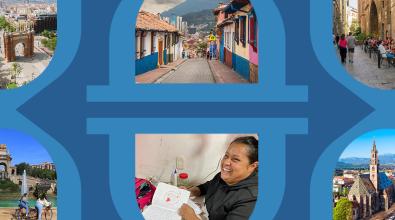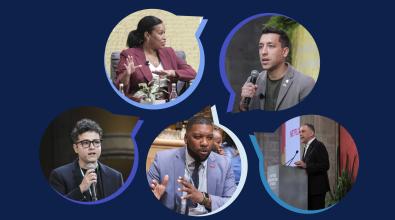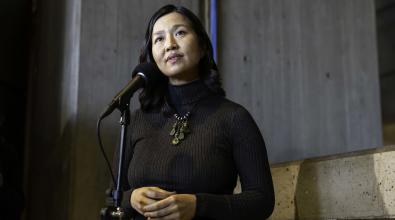Deepening citizen engagement in a city of 200 languages

Name: Paula Kwan
Title: Director of the Civic Innovation Office
City: Toronto, Canada
Almost half of all residents of Toronto, or about 1.3 million people, were born outside of Canada. While leaders agree that this diversity is one Toronto’s greatest strengths, they’ve also found it can sometimes be tricky to serve a citizenry that speaks more than 200 languages.
Paula Kwan’s innovation team was aware of this challenge when it set out to use human-centered design methods to boost public-participation in three target neighborhoods. Still, they were struck by just how much language gets in the way of meaningful dialogue between residents and city staff.
While the city has stepped up on multilingual policy and translates official public documents into highly used languages, conversational contact at City Hall’s information desk, service counters, and community events remains difficult. Now, Kwan’s team is experimenting with digital translation tools that may help bridge Toronto’s language gaps.
One real-time voice translation tool came in handy at City Hall’s security checkpoint to help a senior resident who didn’t speak English understand why his bag needed to be checked. Kwan used the same technology to keep up at a community event that took place entirely in Mandarin.
“It was an amazing experience because I could still participate while not inconveniencing the group,” she said, noting that the i-team has more testing to do before deciding which contexts are most appropriate to use a translation tool and when a live translator is best. “It’s really interesting to see the two-way value exchange — how this impacts residents and city staff.”
Pro Tip: “Success comes down to the partnerships that you are able to cultivate between your team and different city divisions, and your team and the public.”


